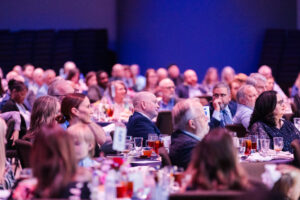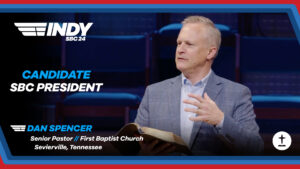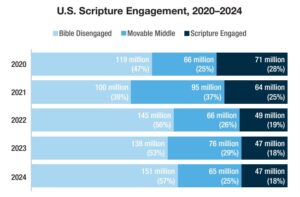
AFFTON, Mo. (BP) — An interim pastor told the dwindling, aging congregation he was to help “transition,” that First Baptist Church of Affton was on its death journey.
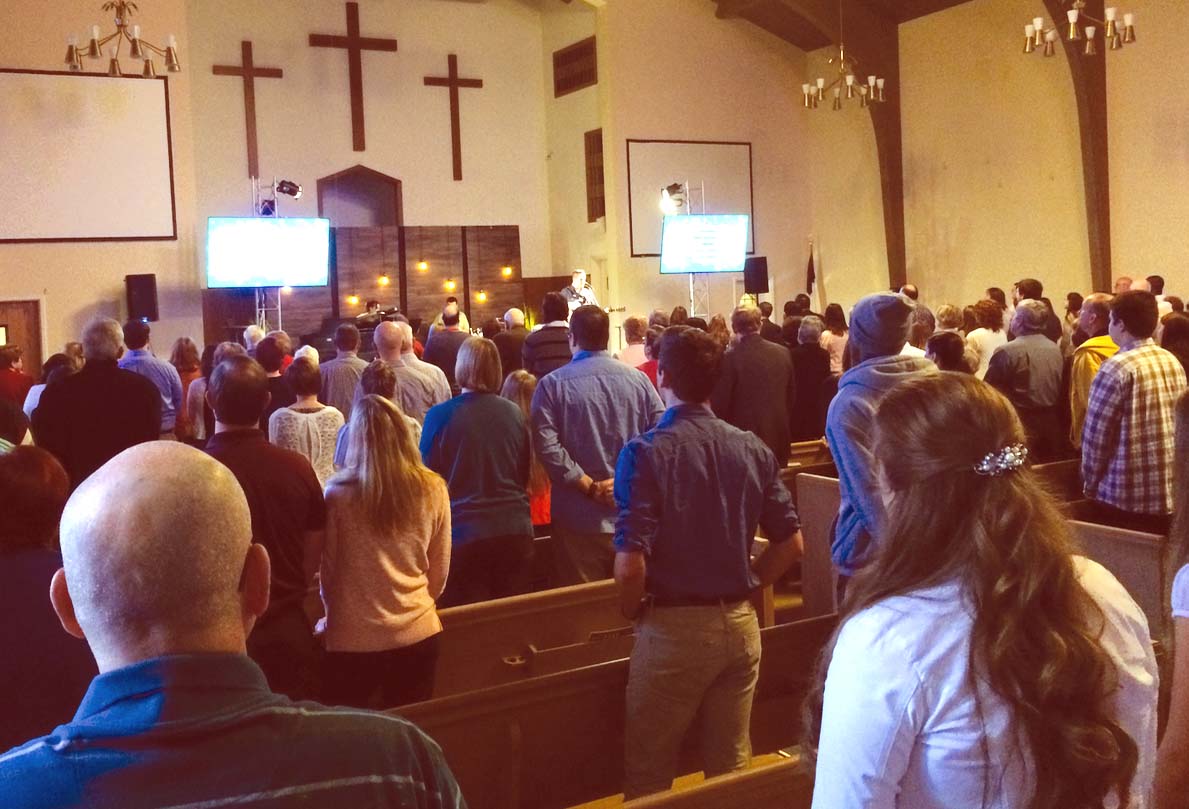 He showed them the statistics, demographics, and physically less-able status of members mostly in their 70s and beyond, and, “We told him we weren’t just going to roll over and play dead,” said Bill Wright, 72 and chairman of the deacons.
He showed them the statistics, demographics, and physically less-able status of members mostly in their 70s and beyond, and, “We told him we weren’t just going to roll over and play dead,” said Bill Wright, 72 and chairman of the deacons.
But the church did die — intentionally — and on Easter, a new church was born.
Affton is an unincorporated urban community eight miles southwest of the Gateway Arch memorial in St. Louis, Mo., and within the I-270/255 beltway that defines the metro area. St. Louis is known for the multiplicity of cultures within its beltway, including — since the late 1990s — about 70,000 Bosniaks, a Muslim people group that worldwide is less than .01 percent evangelized. The heavily-traveled intersection the church sits on is the center of the Bosnian community in St. Louis.
“Their presence is reflective of the diversity in St. Louis,” said Jason Helmbacher, called as pastor of First Baptist Church of Affton, and now planter of Church at Affton. “First Baptist Affton had become an isolated island in a sea of incredible change. What became clear was that First Affton could not continue as it was.”
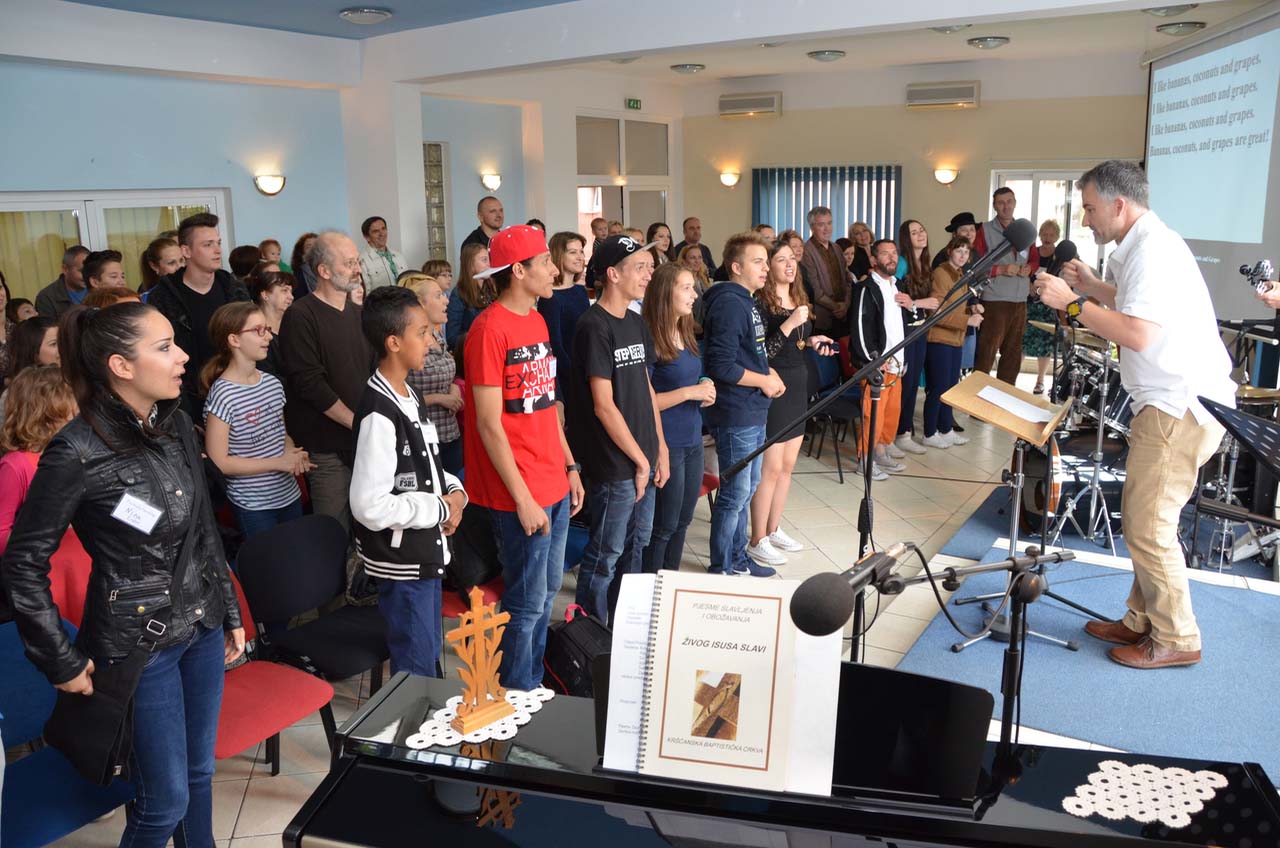 He told the congregation he had a different perspective than that of the interim who had heard the church’s death rattle.
He told the congregation he had a different perspective than that of the interim who had heard the church’s death rattle.
“Jesus said He would build His church, and the gates of hell could never prevail against it,” the planter/pastor explained. “The church can’t die. The church is a people, not a place; a body, not a building. But what can — and sometimes must — die are institutions, organizations, forms and structures.”
The First Affton congregation had a choice to make. Did they want to continue their steadily-shrinking status quo in the face of a continually changing community, or did they want to be Jesus’s hands, feet, arms and heart to whoever lived in Affton?
“We aren’t the same thing with new packaging,” Helmbacher said. “This was by no means simply a rebranding. Starting Easter, I transitioned from pastor to church planter and our members from consumers of our religious goods and services to church planting team.”
The replant utilized the same debt-free building, now cleaned and moving toward a complete remodel, with internal change the most obvious difference.
“That was one of the hardest things in the world for us to take,” Deacon Wright said. “Pastor Jason told us for this church to go forward, you’re going to have to accept some things you don’t agree with, and that one little thing said a lot to me…. If we’re going to save this ministry on this corner, then we’re going to have to change.
“I have a good friend at church who is 80,” Wright continued. “When he heard this he said, ‘I’m in. I’m all in. Whatever it takes.’ That’s the attitude that was the ripple effect that went through our congregation.”
About 50,000 people live within a two-mile radius of the campus that has a building complex dating to the 1940s, and that as recently as the 1980s saw some 400 people in Sunday morning worship.
“We are longing to see something exciting here,” said Helmbacher, who became pastor in August 2015. “Whatever the Lord does, it will grow from the soil of that desire to see the Gospel pressed out at whatever the cost. The real miracle here is the willingness of this remnant to ‘die’ in order to bear fruit.”
That desire grew as church members individually changed. “The first six months — September to March — was about us,” Wright said. “As we got our hearts in the right place, we had a free garage sale and hauled off dumpsters of stuff.
“We couldn’t have done it without the Lord, and without generous partnering churches,” Wright noted. “You could see His hand in everything we were doing.”
Jeanette Grider, among the youngest members of Church at Affton at 62, explained her understanding of the decline at First Affton.
“I think so many times we — churches as a whole — become all about us,” Grider said. “We did a lot of good work in the community but didn’t open our heart to the people. When he [the interim] said, ‘I’m here to help you shut things down,’ that sparked something in us.
“A whole lot of people said, ‘No! We’re not dead! We can make a difference in this community,'” Grider continued. “People are going to know about us in the best possible way, and Jesus is going to shine through.”
Helmbacher led the congregation through six aspects of rebirth: Gospel reading, praying, inviting, engaging, changing and giving. “It wasn’t about changing the name and the wrapping,” the pastor said. “It was about us changing. Unless our heart changes, nothing changes. We’ll keep doing the same thing.
“My heart was to see this people revived in their souls,” Helmbacher said. “I committed to leading them to become a church planting team.”
When told a huge dumpster would be dropped off for everything that needed to be thrown away, consternation arose among people reared in a “save everything” era. So Helmbacher took the congregation — even those with walkers and canes — on a tour of the church one Wednesday evening.
“This is a huge facility that had been neglected many years,” Helmbacher said. “I took them through every room and junk-filled nook. We even walked down through the baptistery filled with dirt and grime because it hadn’t been used in so long.”
By New Year’s, First Affton had died. By Easter, Church at Affton was born. More than 200 people participated in the resurrection celebration.
“The team is encouraged,” Helmbacher said. “There were a lot of questions but Easter was a big encouragement. Now to maintaining that enthusiasm, maintaining that continued desire to be changed, to be used by God, being engaged with the Gospel, that’s what’s next.
“Our people are the front door of the church,” the pastor continued. “We’re going to have to live intentionally for the King of Kings.”





